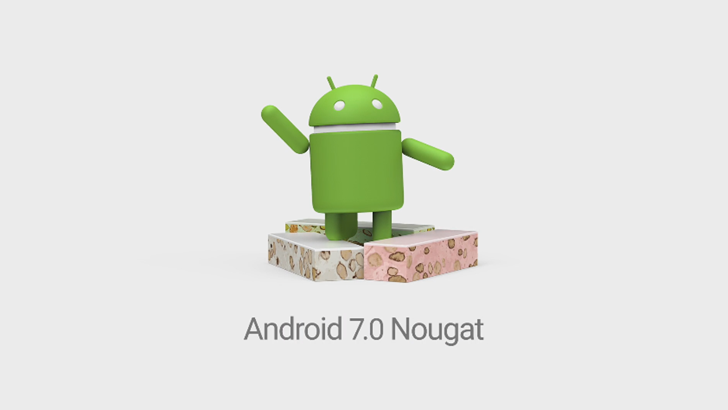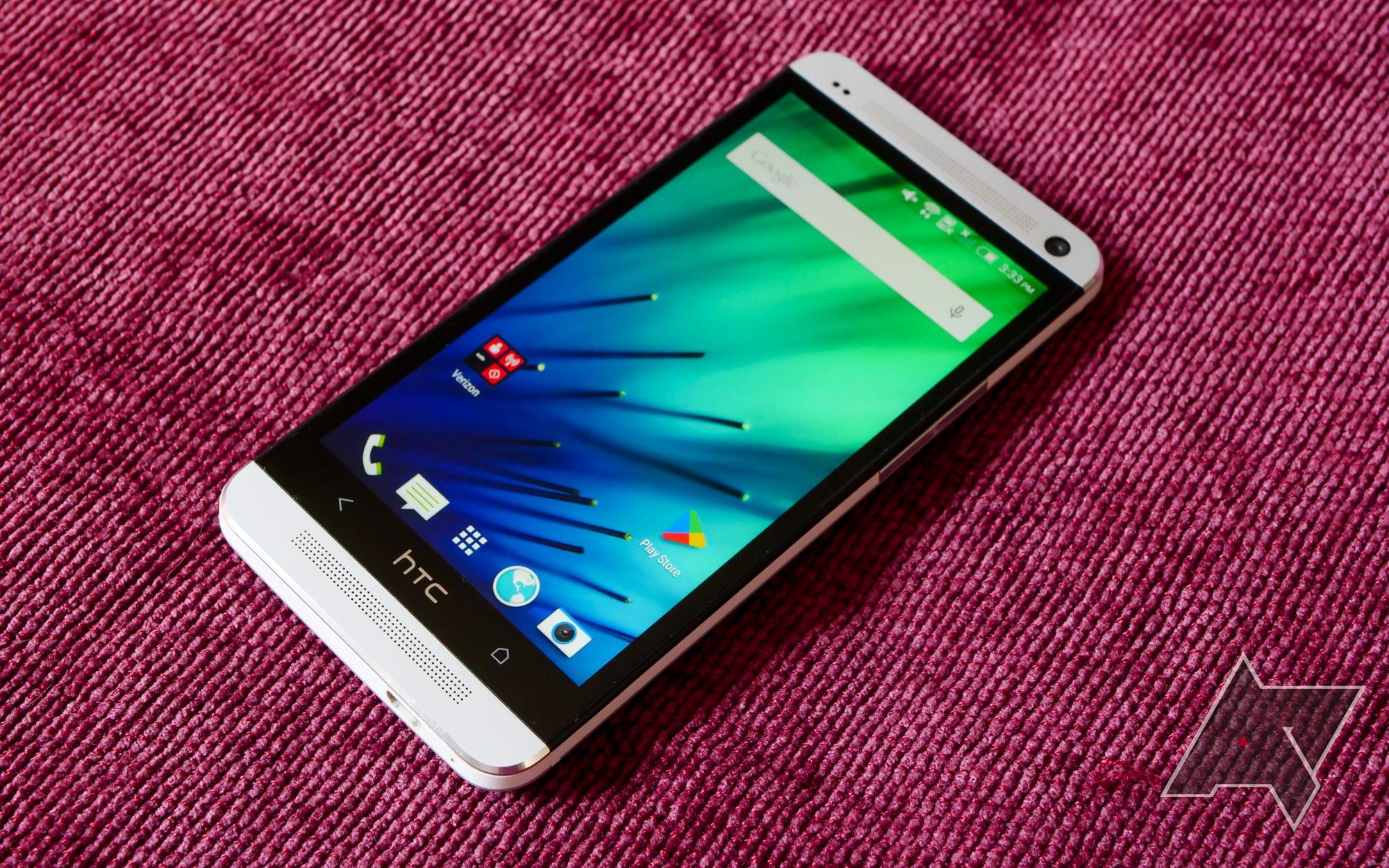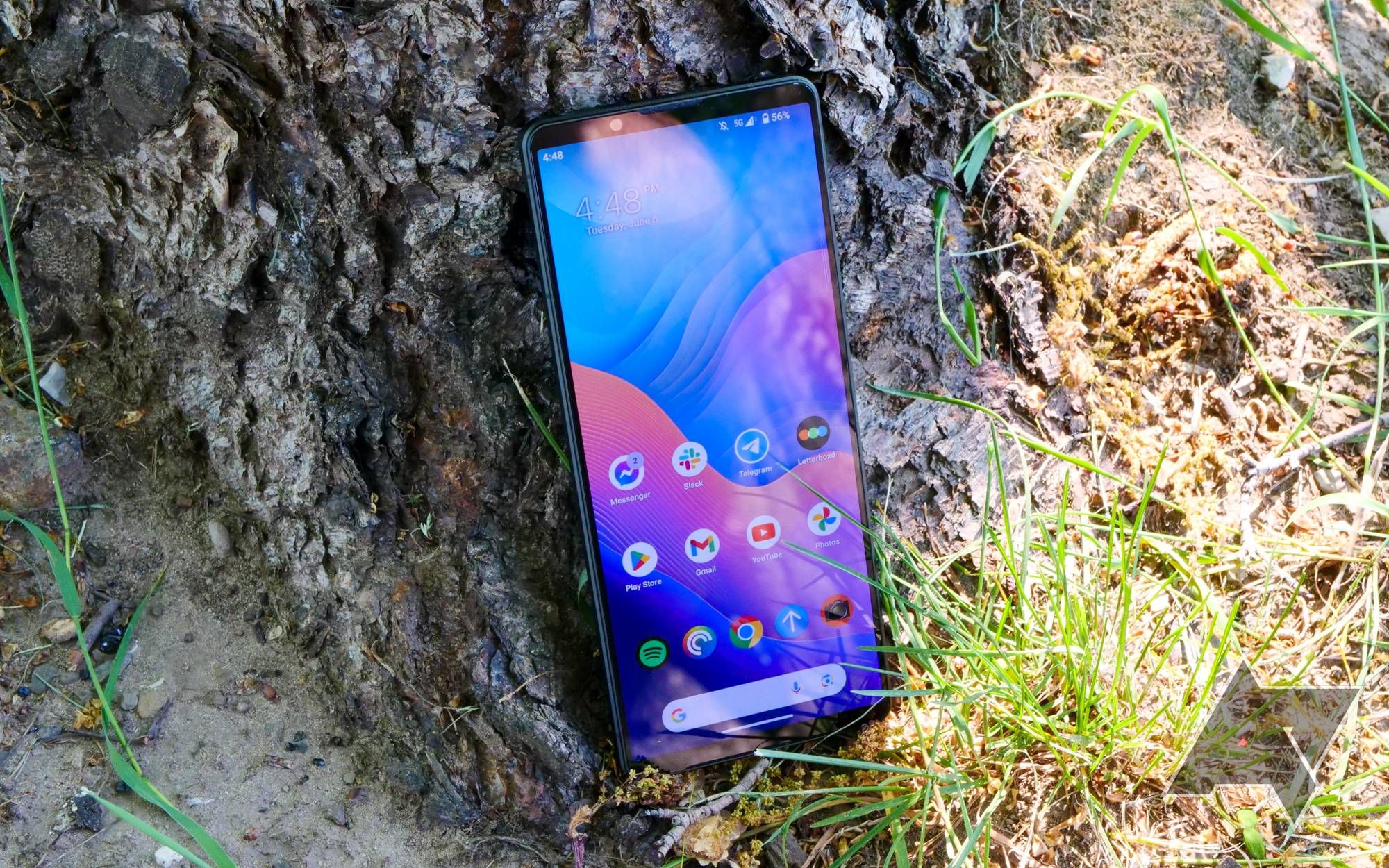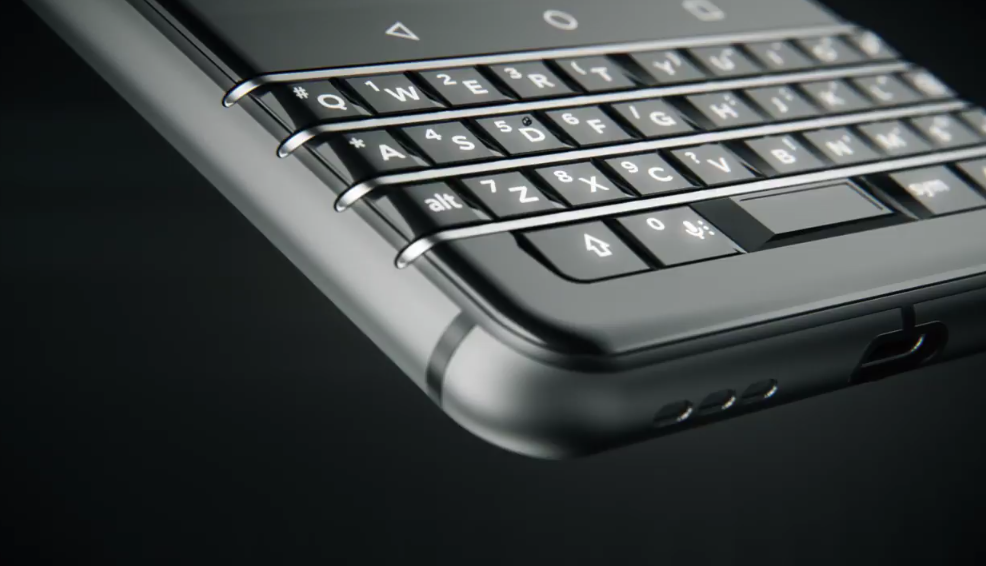We spend a lot of time highlighting each manufacturer’s different spins on Android, but the depressing truth remains that none of these experiences are all that unique. In 2024, it feels like if you’ve seen one Android skin, you’ve seen them all. Sure, notification shades may change, and settings might look a little different, but compared to ten years ago, Android across competing OEMs is alarmingly uniform.
Smartphone developers have boiled down what people want from a UI and are more than happy to conform at the cost of character and innovation. It’s an outright iOS-ification of Android, and companies don’t seem keen to stop it at the risk of negatively affecting sales — the first one through the wall always gets bloodied. But how did we get here? Let’s look at where Android lost its flavor and what we can do to get it back.
Where it all fell apart
Nougat wasn’t so tasty after all
I can trace Android’s looks starting to merge to version 7.0 — Nougat. I remember booting up my Samsung Galaxy S7 and remarking how similar the look and feel had become to iOS. Icons seemed a little too refined, and widgets lost their madness. I missed the days of scrolling through the carousel on my Motorola Photon or Sense UI on my HTC Evo, enjoying each manufacturer’s quirks that made them unique.
I understand nostalgia has a habit of creeping in, and there were legitimate reasons why many UI elements met their demise; the carousel could be a performance nightmare, with any slowdowns causing a frame rate disaster. Still, surely there is a middle ground, as I refuse to believe we’ve reached peak user experience.
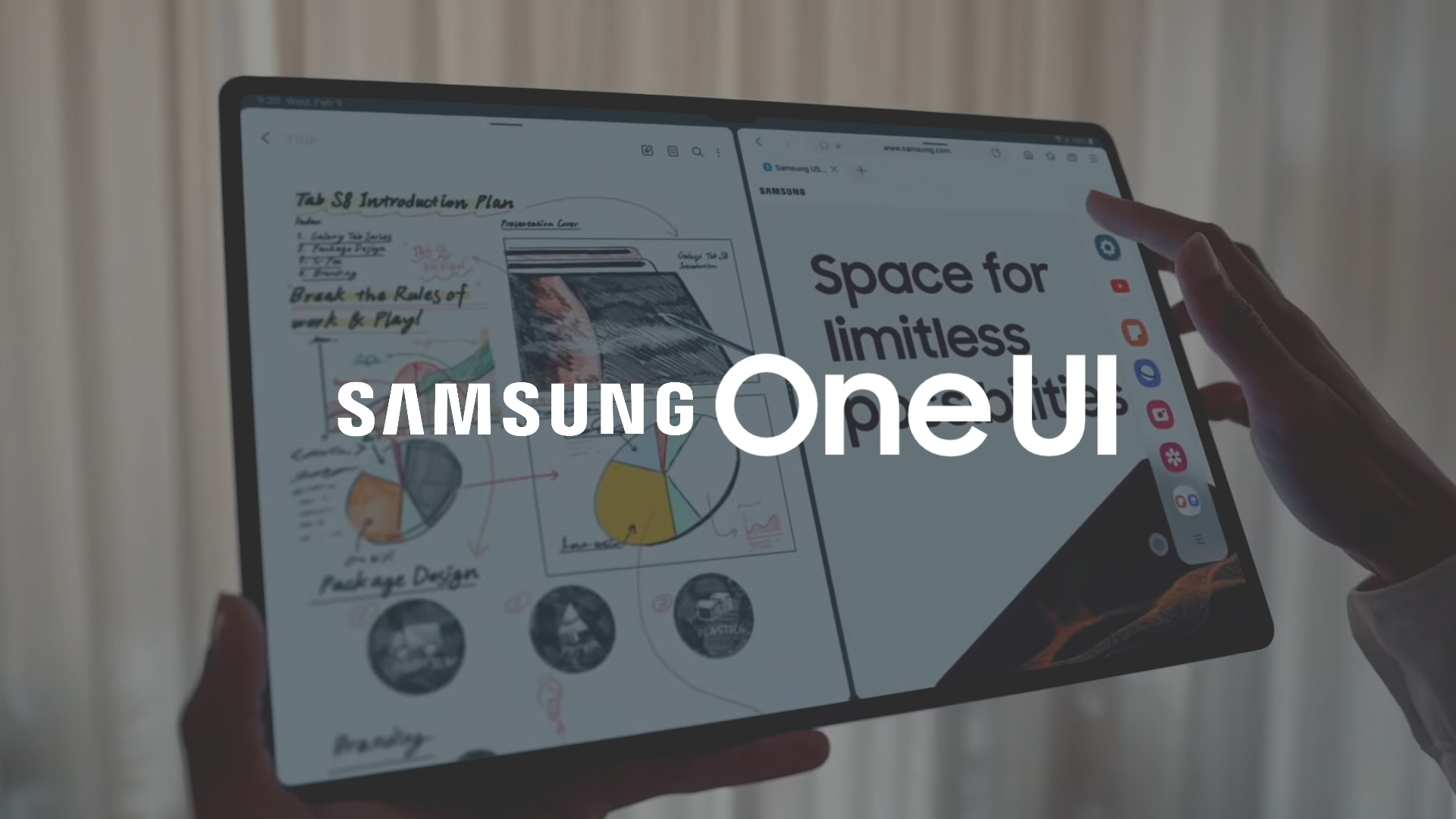
Samsung One UI explained: Everything to know about Samsung’s custom Android skin
One UI is one of the most interesting Android skins around
Before Android 7, you could differentiate your phone by more than just hardware. If you picked up a Sony Xperia device, it felt like you were using a Playstation or Sony Blu-ray player, with menus and icons that reflected the company’s software design language. By comparison, Samsung’s One UI, which we consider a decently modded skin, would barely register as much different from stock in years past. But it’s not all the manufacturer’s fault.
Google takes the reigns
Locking down the experience
Along the way, Google learned that a substandard user experience reflected poorly on both the manufacturer and Google — you couldn’t separate the two. If you used a bad phone and hated Android, Google lost just as much as Motorola or Samsung. As a result, the company locked down certain features and customizations to ensure a baseline user experience across all brands.
While Android has undoubtedly become more stable and reliable, it has lost the charm that initially attracted us. Each time you buy a new device, the sense of discovery and excitement is gone, replaced by the rinse-and-repeat process of merely restoring a backup to your new device the moment you unbox it. I booted up my Galaxy S24 Ultra, and within minutes, I replicated thesameexperience I had on my S23 Ultra down to the widgets and wallpaper. I’m tired of feeling like setting up a new phone is nothing more than a chore I have to get through. Surely, there must be a way to recapture some of that loving feeling from past phones.
It’s not 2009 anymore
Let the big dog eat
I remember Jeremy Clarkson reviewing a Lamborghini on the old Top Gear and commenting that it wasn’t the reliability or refinement that attracted us to Lambos; it was the sheer lunacy that they would add lasers for windshield wipers if they could — it was the outlandishness of the design. Android has lost that. It almost feels like we’ve made the trade Apple users make when they buy an iPhone — surrendering excitement for a safe, walled garden experience.
I’m not saying we must return to the Wild West days of Android when you questioned whether your phone would work when you took it off the charger in the morning. But Samsung, Motorola, and Sony aren’t hiring their UX engineers for $50 off Fiverr. It’s time to relax Google’s restrictions and let talented people create new and exciting user experiences, letting the magic of the marketplace decide which is best.
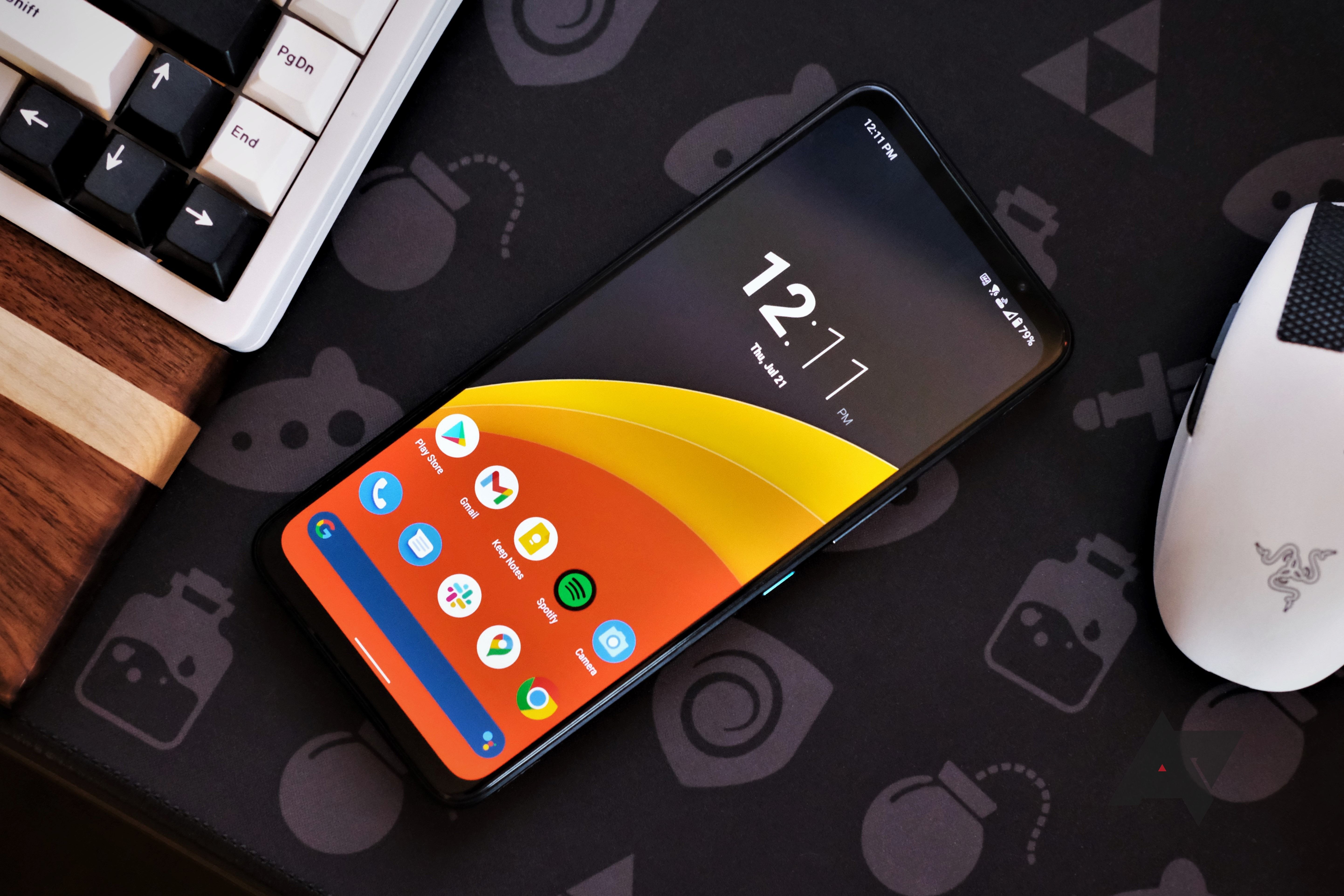
10 best Android launchers in 2024
Which launcher experience do you prefer?
Smartphones at all price ranges became so good that our tolerance for growing pains disappeared. If a phone isn’t running well out of the box, we have plenty of others to choose from. It’s made manufacturers risk-averse, staying along the beaten path for fear of reprisals. But OEMs don’t have to look far for inspiration, with launchers like Niagara showing what could be possible. It makes excellent use of the Sony Xperia’s tall and narrow display, leaning into hardware design with software. It’s a welcome touch, and launchers provide a great way to customize your phone.
We need more players
It’s up to the little guys
Source: TCL
Rebellion often comes from underneath. Big OEMs like Samsung and Google have little incentive to upset the apple cart, so it’s up to smaller manufacturers to push the envelope. I refuse to believe innovation wasn’t better when BlackBerry and Windows Phone were still around. Windows Phone brought us live tiles and always-on displays long before they came to Android. And BlackBerry OS was so lightweight and efficient that I’m fairly certain it could run on a Ti-83. Whoever introduces a bold new user experience will own the marketplace for a decade — we just need someone brave enough to try.
Source link

